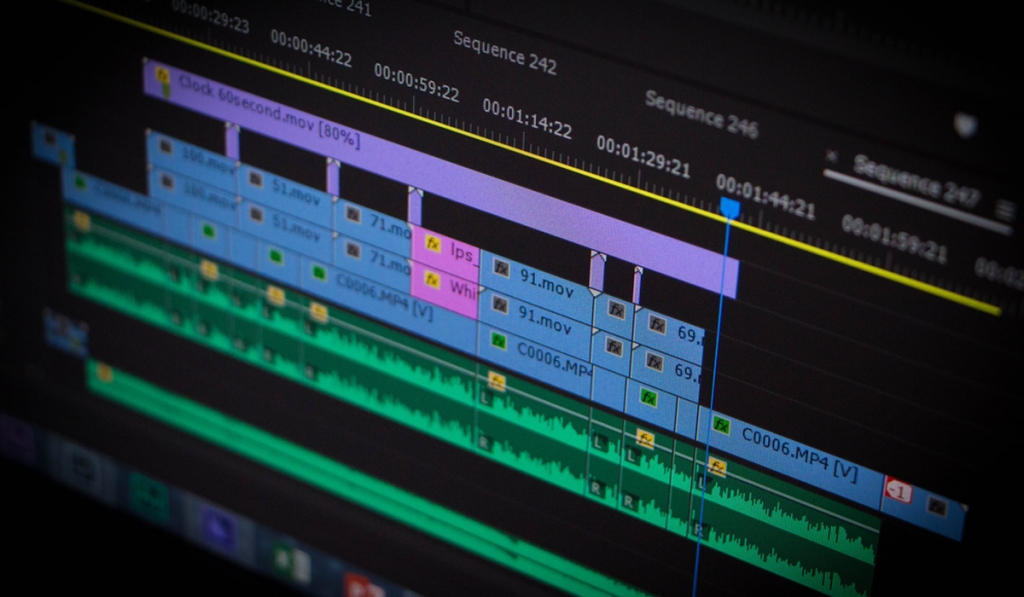Highlights:
- WaveOne was established in 2016 with the goal of using AI to power video codecs.
- The technology developed by WaveOne was independent of hardware and could cut the size of video files by up to 50%, making it more effective for streaming.
According to a recent report, Apple Inc. has bought WaveOne Inc., a business that creates artificial intelligence-based video compression algorithms.
Bob Stankosh, the former WaveOne head of sales and business development, announced the deal on LinkedIn in February, even though Apple did not confirm the purchase.
Stankosh said, “After almost two years at WaveOne, last week, we finalized the sale of the company to Apple. We started our journey at WaveOne, realizing that machine learning/deep learning video technology could potentially change the world. Apple saw this potential and took the opportunity to add it to their technology portfolio.”
When WaveOne was established in 2016, its mission was to use AI to compress video for streaming over networks when required to reduce latency for improved watching experiences.
Anyone who has ever watched a video online has experienced video compression somehow. Because bandwidth isn’t always the best, and better video requires more data to be transferred, it can sometimes be more precise and sharp. A video stream may “buffer,” or pause if data is not sent on time. In an effort to avoid that, video codecs try to compress video frames as much as they can, but doing so can lower the quality of what is being conveyed.
If there is a lot of motion or action on the screen when bandwidth is limited, the video may have lower quality or glitches depending on the compression strategy utilized. The TV show or video may not stop playing abruptly while the stream catches up and then resumes. Still, it may become a bit blurrier, which viewers find annoying, especially when they can’t clearly distinguish faces, hands, or what’s occurring.
WaveOne wanted to change the way compression worked on video streams by using machine learning and AI to prioritize faces or action for clarity while allowing parts of the screen that viewers would likely ignore to be blurry when compression needed to be increased. This would not only conserve bandwidth but also lessen frustration.
According to a famous media house, WaveOne, asserted that its method could cut the size of video files in half, with even more significant improvements on scenes with more complexity.
The technology, according to the business, is independent of hardware. That suggests that it could function without the need for new chips in data centers, consumer TVs, and other electronics.
Since bandwidth is never perfect and nobody wants their viewing experience to be compromised or interrupted, even modest bandwidth increases can significantly impact the viewer experience. On the enterprise side, more effective bandwidth use can eventually result in cost savings for delivering the same content. Apple could provide more colorful and understandable information on its services for less money if its customers were happier.
It is unknown how much Apple paid for the company or when the technology will be incorporated into its services.





























































